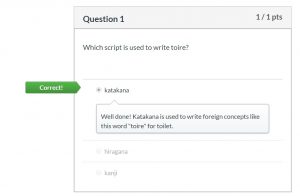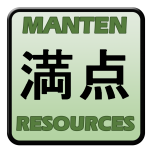A month into the school term and already those fantasies of a work life balance have fallen by the wayside. I am currently seconded to write an online course as part of a larger project. It is a fabulous opportunity, but I have begun to realize that there is no limit to the amount of time and energy you could pour into the task. This realization has caused me to reflect on where my time is best utilised.
One of my favourite quotes is by Brian Tracy who states: “One of the very worst uses of time is to do something very well that need not be done at all.” I see regular evidence of this in the workplace – meetings about what will occur at the upcoming meeting for example. But equally of concern, is doing something that actually needs to be done, but to a poor standard that questions whether it was actually worth doing at all. An example of this is marking of student work and feedback.
Teachers spend hours of their lives marking assessment tasks and regular classwork. The sheer volume of this aspect of our roles, has sometimes led to an emphasis on completion and fast turn- around times. Telling a student what they did wrong without actually giving them useful suggestions on how to improve next time, is almost pointless for all but the very motivated and self-aware. One step that also tends to be missed is feedback explicitly pointing out what students have done well. Sometimes they are not consciously aware of which aspects of their work are good or why something is working. To this end, I have begun to change the way I present feedback to students.
Many of us now teach using a blended learning model. Face to face lessons are supported by online tasks and resources via platforms such as Google classroom, Collaborate or Canvas. These provide us with an opportunity to improve the quality of our feedback in more time efficient ways. Let us consider two of these opportunities now.
1.Recorded verbal feedback
My son received this for a task from his year 6 teacher and I was so impressed. It allowed the parents to hear the feedback and my son to listen to it multiple times. He could pause it, and follow-up with the teacher if he wasn’t sure on an aspect of it, later in person. He could use it as a resource for later tasks. Most importantly, he could hear the tone of his teacher’s voice and was better able to interpret her message than when it is presented as a written comment. To create a comment, you simply press record. Amazing!
2.Online quiz feedback
Self-marking online quizzes are a fantastic tool in the contemporary teacher’s armoury. Students can work through the questions at their own pace and the marking is virtually instantaneous. The best platforms allow you to give a comment as well as indicate the correct answer. This is particularly needed for multiple choice questions where the student may have guessed the correct answer. As such, I include a comment even if the student is correct, to ensure they understand why this is the correct choice. Sometimes I will include a brief mnemonic to help them remember it next time.
I have found both of these techniques to be worth the time commitment. I value feedback and recognise the positive impact it can have on my students. I also need to sleep. Aim to analyse the impact of your efforts and make conscious decisions about how you invest your time – for your own sake and your students!


